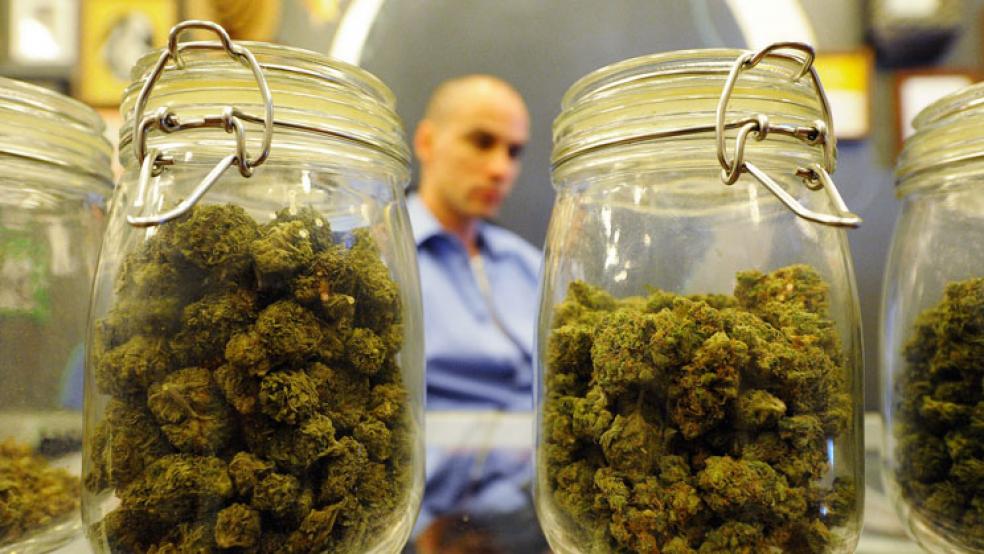More Americans are consuming cannabis as their perception of the health risks declines, the U.N. drugs agency said on Thursday, suggesting liberalization may further increase its use among the young.
In a finding that could feed into an international debate on the decriminalization of marijuana, it said more people around the world, including in North America, were seeking treatment for cannabis-related disorders.
Related: Is Marijuana the Next Big Thing for Big Tobacco?
"We have an increase in harmful use of cannabis in the United States," said Angela Me, a chief researcher of the U.N. Office on Drugs and Crime (UNODC). It was still too early to understand the impact of recent legalization moves in the U.S. states of Washington and Colorado and the South American country of Uruguay, the Vienna-based U.N. agency said in its 2014 World Drug Report.
However, for youth and young adults "more permissive cannabis regulations correlate with decreases in the perceived risk of use", which in turn may affect consumption, it said, citing research.
Global cannabis use seemed to have decreased, reflecting a decline in some European countries, but a lower perceived risk had led to an increase in the United States, the report said, without specifying what may have caused this change. Increased availability can also lead to wider use and to more young people being introduced to the drug, the UNODC said. Voters in Washington and Colorado in 2012 became the first in the United States to legalize recreational marijuana.
Colorado has allowed sales of the drug at retail stores for adult consumers aged 21 and older since the beginning of the year. In Washington, where the state's first marijuana stores will soon be opened, officials this week said their primary goal was to keep the drug away from those under 21.
Related: Porn, Pot and Payday Lenders Unwelcome in Banks
'War on Drugs'
Citing statistics from before the new rules took effect, the UNODC said the number of people in the United States aged 12 or more who used cannabis at least once in the previous year rose to 12.1 percent in 2012 from 10.3 percent in 2008.
"Medical research tell us clearly that the use of cannabis, particularly at early ages, can be very harmful for the health," Me told a news conference broadcast on the UNODC web site. There has been a "noticeable increase" in the number of persons seeking treatment for cannabis use disorders over the past decade, both in the Americas and Europe, the UNODC said.
Regarding other narcotics, a surge in opium production in Afghanistan - where the area under cultivation jumped by 36 percent in 2013 - was "a setback", while the global availability of cocaine fell as production declined from 2007 to 2012.
Last year, the worldwide output of heroin "rebounded to the high levels witnessed" in 2008 and 2011, UNODC added. "Up to 200,000 people die every year due to illicit drugs," UNODC executive director Yury Fedotov said in a statement.
Related: Why Banks Aren't High on Taking Marijuana Money
In December, Uruguay became the first country to legalize the growing, sale and smoking of marijuana, a pioneering social experiment aimed at wresting the business from criminals that will be closely watched by others debating drug liberalization. Critics say legalization will not only increase consumption but open the door to the use of harder drugs than marijuana.
But with the U.S.-led war on drugs facing mounting criticism, success in Uruguay could fuel legalization momentum elsewhere. In a joint statement, a group of non-governmental organizations, including New York-based Open Society Foundations and Release in London, called on governments to put an end to "the expensive and counter-productive" anti-drugs war.




